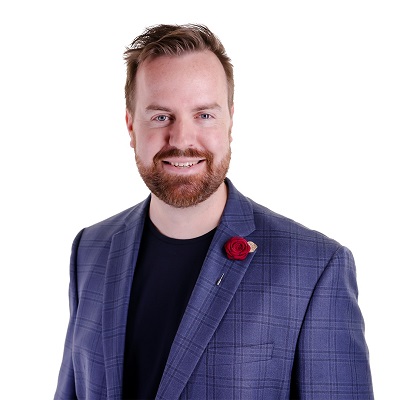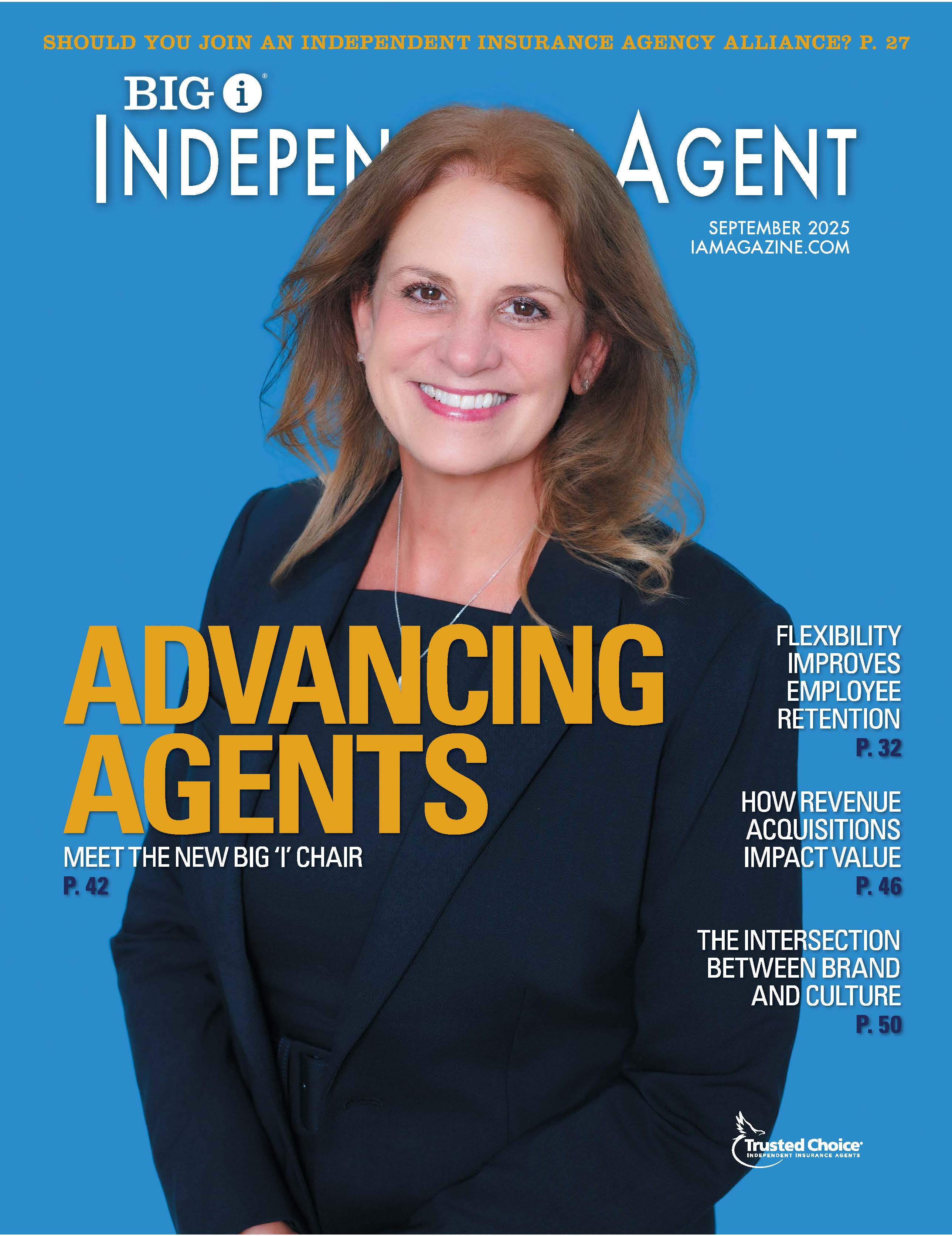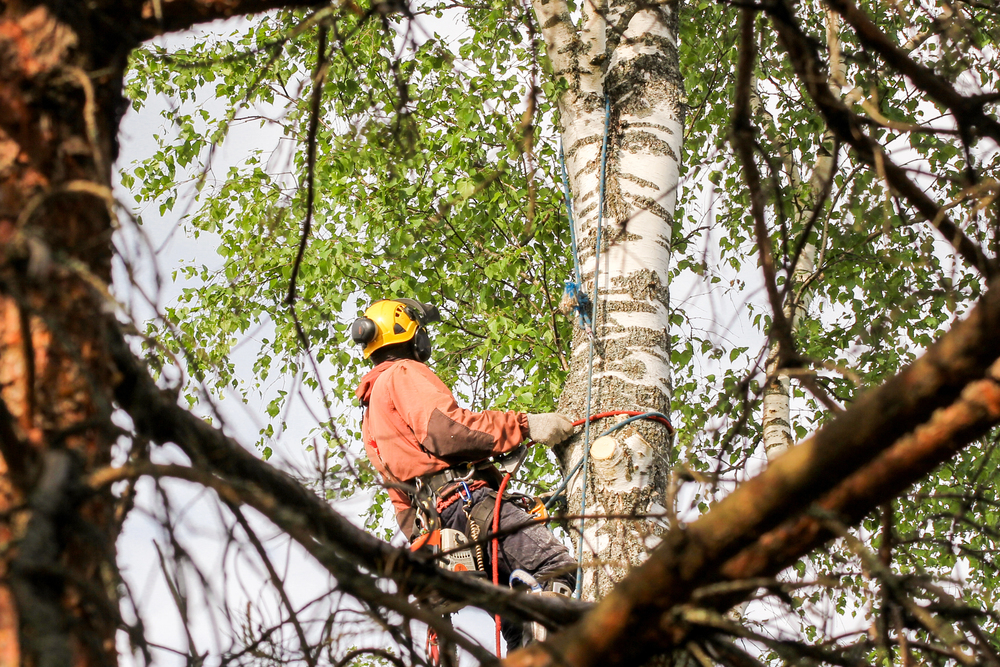From the Front Lines: Homeowners

James Jenkins
Chief Executive Officer
Risk Well
McKinney, Texas
How did you get started at your agency?
We were a Farmer’s, agency before we left the captive world by selling the agency. We launched RiskWell on April 1, 2019. That was our first foray into the independent agency world, and we have not looked back—we have loved it ever since.
Why homeowners?
Our business is 75%-80% commercial lines, and most of what we do on the commercial side is in the real estate, skilled contractor and tech verticals. But I’ve done homeowners insurance for years and in our agency, we recognized that the homeowners policy is the stickiest one, and it’s the one that most easily comes by referral.
How are you prospecting for homeowners business?
RiskWell is 100% inbound for our lead flow. From the beginning, we’ve avoided traditional strategies like buying internet leads, direct response ads on social, direct mail, and formalized, structured networking groups. We put all of our efforts into developing great content and nurturing channel partner relationships. For personal lines, that starts with the mortgage loan officer and the real estate agent, as well as the personal banker, the wealth manager, and the trust attorney. We build those relationships and let the referrals flow. We don’t target the person who’s actually buying an insurance product—we spend all of our energy targeting the channel partner.
Changes in the homeowners market?
From a distribution perspective, I think the onset of a direct consumer distribution channel from so many carriers, as well as embedded insurance—where the loan officer and the real estate company are embedding a direct product—is where we are going. We haven’t felt the full effects of that yet, but we definitely will in the next few years.
Challenges in the homeowners’ insurance market?
We are in the state of Texas, we write in 37 states currently, and anybody who writes in Texas knows that Texas is basically three states—coastal, the rest of Texas, and North Texas, which is the hail-prone area.
Weather hazards seem to be getting worse not only in Texas but nationwide. When you look at climate change, you can look at the data and recognize that there have been more severe weather events in the last 10 years than ever. And this is not just tropical activity like hurricanes and tropical storms but severe thunderstorms, tornadoes, and wildfires. This is going to become more of a challenge.
Future trends?
There’s going to be some very clear market segmentation where the lower-end prospect is very likely to find themselves buying an embedded product. We’ll see the person who’s highly transactional in their decision-making being taken off the board before they ever get to an independent retail agent.
The savvier insured—the person who is more concerned about value and appreciates that personal white-glove service—is probably still going to be on the playing field for the foreseeable future. I don’t see that profile of a prospect being inclined to take an embedded product because they really like the hands-on service.
Olivia Overman is the IA content editor.










